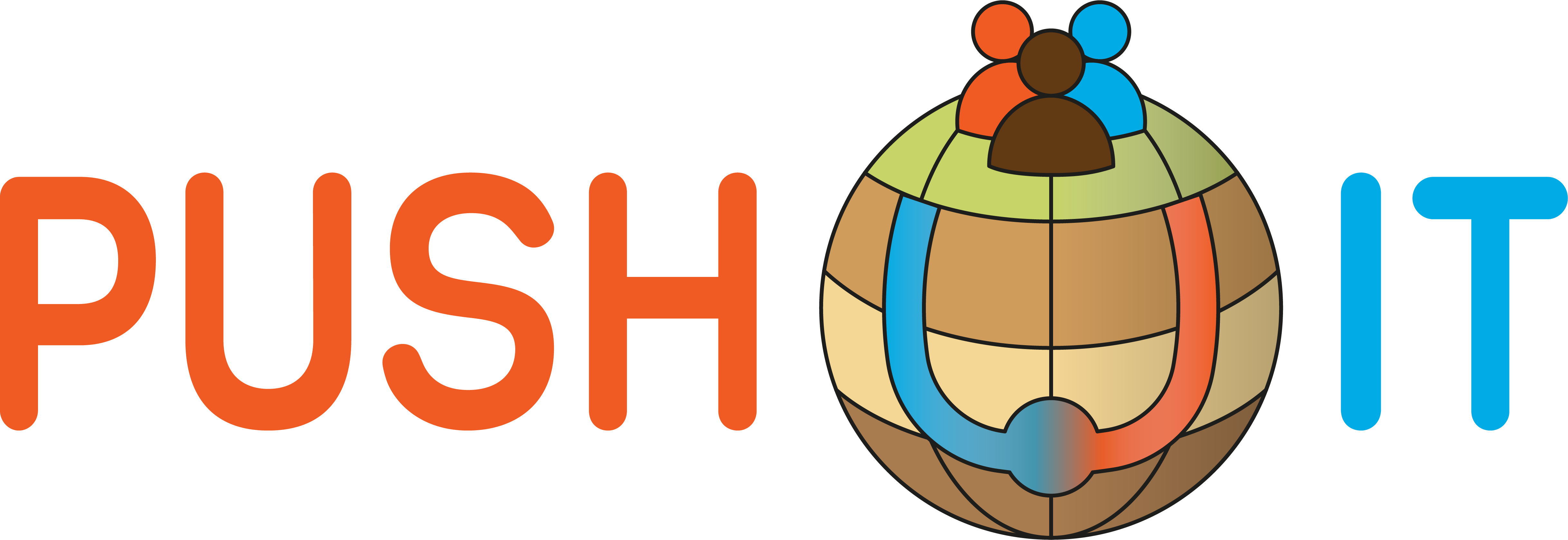Introducing INTERSTORES
As Europe strives toward a climate-neutral future, the demand for efficient and scalable heating solutions is growing fast. One key technology leading the way is Thermal Energy Storage (TES)—and while the Push-It project is making great strides in this space, it’s far from alone. Across the continent, multiple research and demonstration projects are working in parallel to develop and deploy TES solutions tailored for local energy systems. Today, we’re highlighting one of those exciting initiatives: the INTERSTORES Project.

The scope of INTERSTORES lies in advancing the next generation of seasonal Thermal Energy Storage (sTES) systems to make them more efficient, cost-effective, and environmentally sustainable. The project covers the full chain – from design and construction to real-world integration and demonstration of sTES technologies. Over the course of four years, INTERSTORES is working to develop and validate practical solutions that can bridge the mismatch between summer energy surplus and winter heating needs. The goals of the project are to enhance the performance and reliability of sTES systems, reduce production and integration costs, and close existing knowledge gaps that hinder market maturity.
Where is INTERSTORES active?
INTERSTORES is coordinated by the Martin Luther University Halle-Wittenberg in Germany and brings together 14 partners from 9 countries. The countries involved in the project are Germany, France, Netherlands, Finland, Austria, Romania, Switzerland, UK and Serbia. This diverse consortium includes academic and research organisations, private companies, a public authority, and a non-governmental organisation—providing a comprehensive foundation for transdisciplinary and transnational collaboration. Through two demonstration sites incampus in Ingolstadt, Germany and Varanto in Vantaa, Finland, INTERSTORES aims to generate actionable insights for the future deployment of such systems.

Greatest challenges for upscaling TES
One of the greatest challenges for upscaling Thermal Energy Storage, both in Europe and globally, is not the technology itself, but the systemic barriers that surround it. High initial investment costs, economic risks, and the lack of practical tools for planning and integration make it difficult for large-scale sTES systems to become mainstream. Furthermore, market fragmentation and varying national regulatory frameworks add complexity to the deployment of unified solutions.
There is also a broader challenge in ensuring that long-duration storage technologies are recognised as essential components of the energy transition, particularly for heating and cooling – areas that have traditionally received less innovation focus compared to electricity. INTERSTORES is directly addressing these issues by providing full-scale demonstrations, robust business case evaluations, and data-driven guidance for future implementations.

The importance of collaboration
Collaboration is at the heart of INTERSTORES and is essential for advancing Thermal Energy Storage on a meaningful scale. The field is inherently interdisciplinary, requiring expertise in geoscience, civil engineering, energy systems, policy, and socio-economic analysis. No single actor – be it academic, industrial, or governmental – can address all aspects of sTES innovation and deployment alone. By uniting research institutions, companies, municipalities, and NGOs, INTERSTORES fosters knowledge exchange and ensures that solutions are technically robust, economically viable, and socially accepted across sectors and borders. This collaborative approach is vital for achieving long-term impact and for shaping policy, business models, and practices that can drive large-scale adoption of sustainable energy storage technologies.
Learn More
If you want to know more about the INTERSTORES project, check their website here: https://interstores.eu/

PUSH-IT is a project funded by the European Union’s Horizon Europe research and innovation programme under grant agreement No 101096566.
Funded by the European Union. Views and opinions expressed are however those of the author(s) only and do not necessarily reflect those of the European Union. Neither the European Union nor the granting authority can be held responsible for them.
